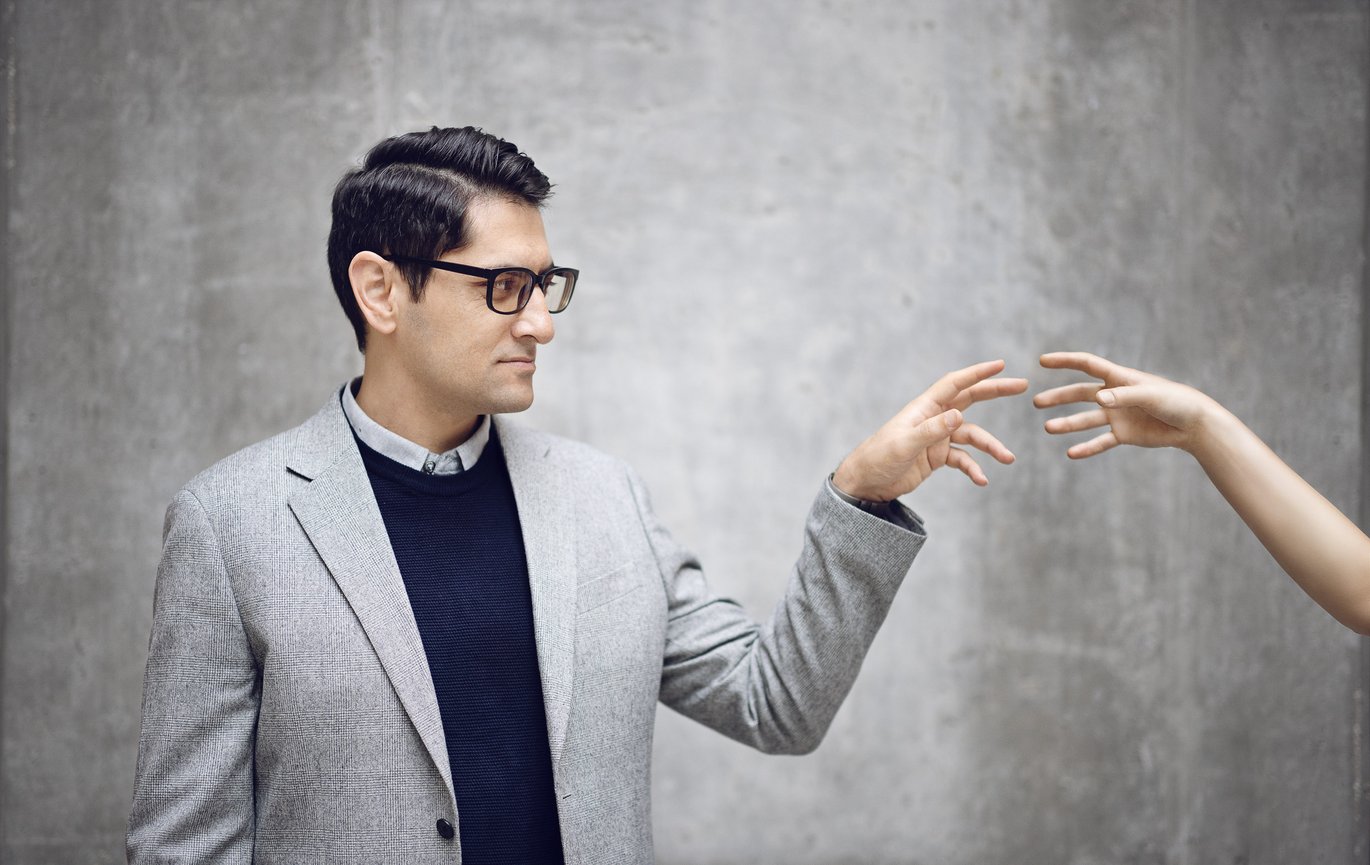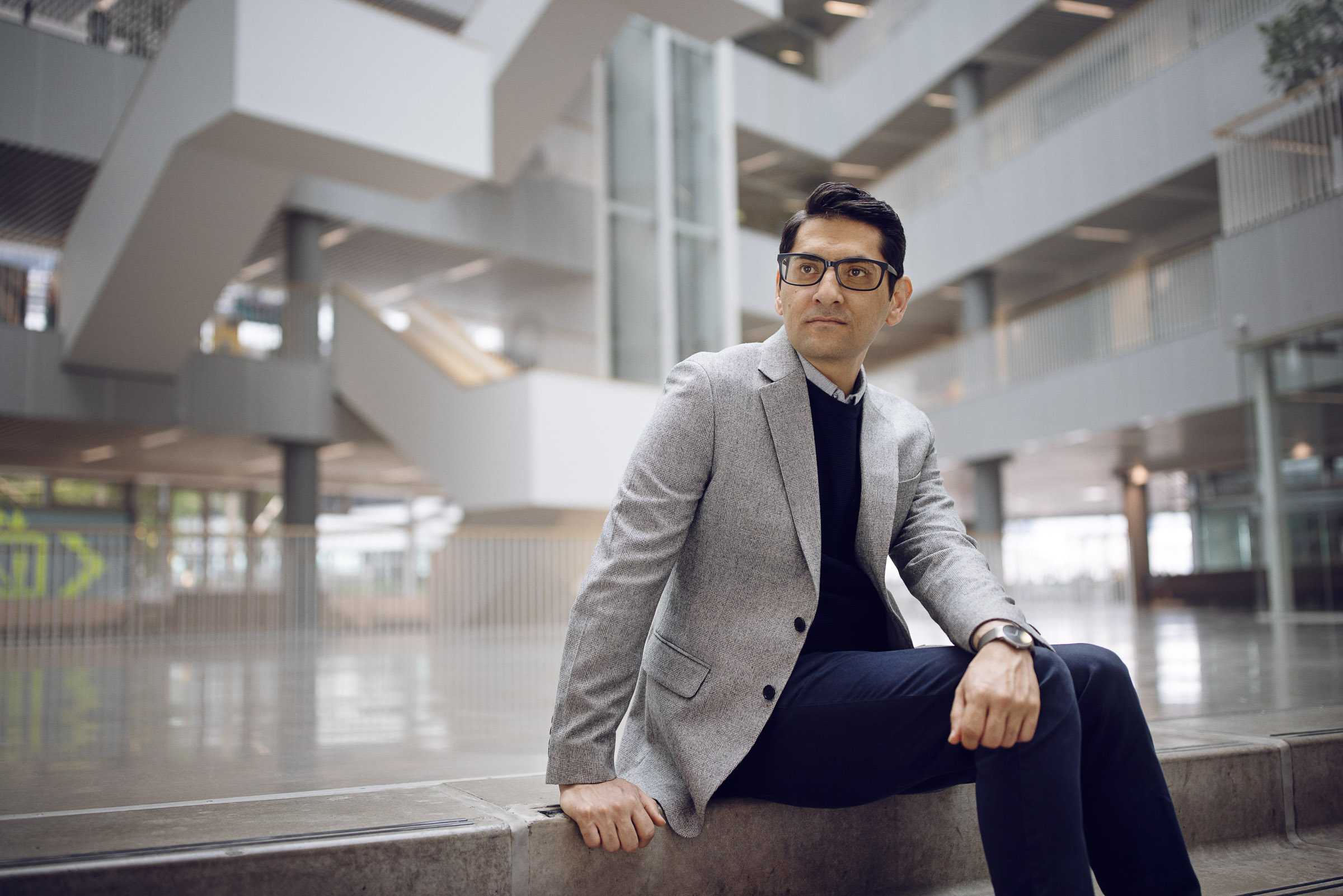He wants to develop soft robots in Denmark
Rassoul Tabassian wants to use his knowledge of mechanics to design artificial muscles and human-like skin for robots. His goal is to make them move more naturally and give them a sense of touch.


In the future, robots will be made of soft materials and equipped with a brain that will make them far more flexible and better at moving than the rigid metal robots we know today.
The scientific progress made in recent years within nanotechnology and material science means that we can look forward to a whole new world of robotic technology.
So says Rassoul Tabassian, who has come to Denmark to conduct research into soft robotics made of different types of new, elastic materials.
“The field of soft robotics is still in its infancy. We have to invent entirely new manufacturing techniques that use different nanomaterials to weave, knit and braid robotics based on a detailed computer-generated design,” he says.
Fish, butterflies and pianists
Soft robots are very different from their harder counterparts. For example, rather than electromotors with bulky moving coils, they benefit from soft actuators that flexure due to the movements of tiny ions through their nanostructures. The electronics are elastic and malleable, which gives the robots a mobility reminiscent of that of a human. They also use artificial sensory receptors to detect external mechanical stimuli such as pressure, stretching and touching.
“These days, along with fundamental knowledge in electromechanical components, we know so much about nanomaterials, 3D printing, periodic microlattices, and metamaterials , which means that we have fantastic opportunities to design state-of-the-art robotics for a number of new uses. When I have to explain the perspectives of these new technologies, I usually say that you have to think of robots that can fly like butterflies, swim like fish or play the piano like a real-life pianist. All of that will require entirely new types of intelligent components and smart materials, and that’s where my research comes in,” he says.
Prior to his arrival in Denmark, Rassoul Tabassian worked at the Korea Advanced Institute for Science and Technology. He is currently a tenure-track assistant professor at the Department of Mechanical and Production Engineering at Aarhus University.
The advanced mechanics of touch
Rassoul Tabassian is inspired by biology when he works with robotic design. His goal is to create a nearly exact replication of human muscle function. This means that his robots will be able to perform precision tasks such playing an instrument or picking up eggs and placing them in a basket.
Both are examples of tasks that require a well-developed tactile sense, and soft, organic movements.
"Traditional robots draw their power from rigid components that their working mechanism is far different from those living organisms. The basic idea when working with soft robotics is to build them using the same principles that nature used to create humans; chains of amino acids that twist around on themselves to create a three-dimensional structure,” he says.
He stresses that researchers still have much to learn from the human body in their work with robots.
"Something as simple as a touch is in reality an incredibly advanced mechanical intervention, one that we are trying to replicate. It requires developing artificial muscles, artificial mechanoreceptors and an autonomous control system that can make everything work together," he says.
At the moment, Rassoul Tabassian is also working on developing different types of mechanoreceptors to simulate the sense of touch for the soft robotics. Mechanoreceptors are a class of sensory cells in the human skin that transduce the various types of mechanical stimulation into an ionic current. The potential generated by ions’ movement fires the neurons and send the electric signal to the brain.
The dream of an artificial heart
One of the biggest engineering challenges facing researchers is getting actuators in robots to work in three dimensions.
If they break the technological code, it can pave the way for the development of artificial organs, explains Rassoul Tabassian, and he continues:
"We're hoping for a technological breakthrough that will make it possible for us to replicate human organs. My personal dream is to develop a heart that can pump. In other words, a heart that can expand and contract using the body's own kinetic energy," he says.
Rassoul Tabassain has recieved the Novo Nordisk Foundation's RECRUIT Grant 2022 for his research.
